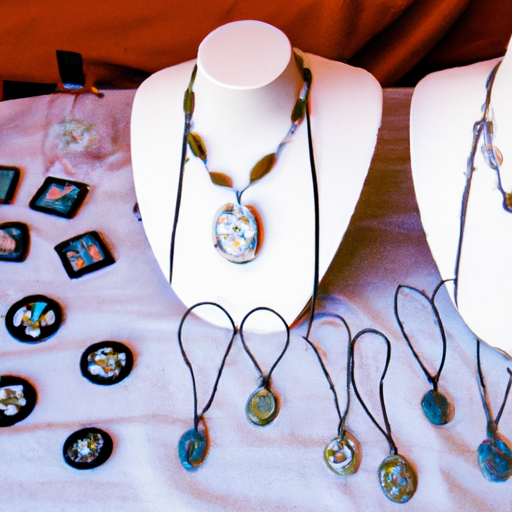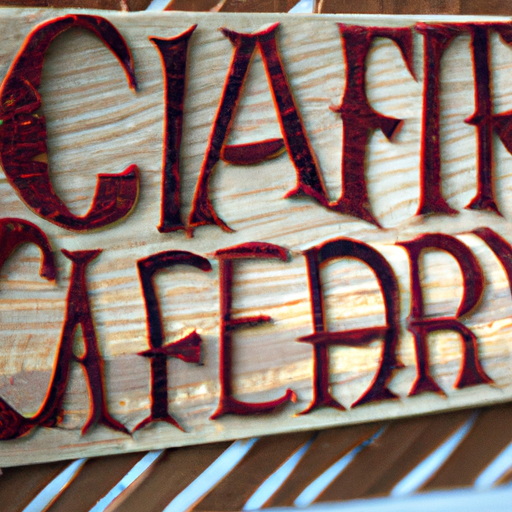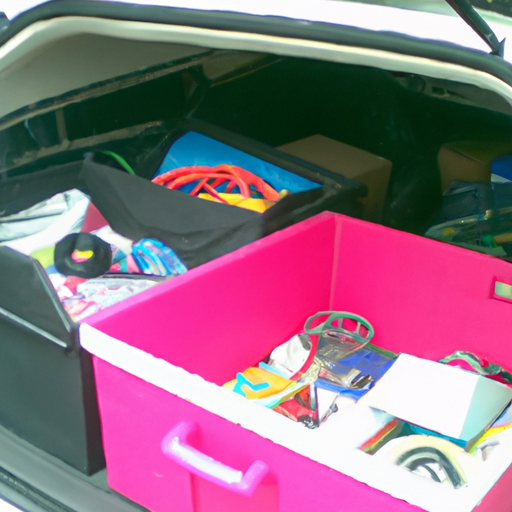Are you ready to sell your crafts at a craft show? In the “Craft Show Prep: Expert Advice from Kim and Garrett” video, we’ll show you how to prepare for, organize, and participate in a craft show. Whether you’re a beginner or a seasoned craftswoman, this video will teach you the basics you need to sell your crafts successfully at a craft show. From setting up your booth to networking with other artists, this video has everything you need to know to sell your art at a craft show!
Craft Show Prep: Expert Advice from Kim and Garrett
Are you ready to sell your crafts at a craft show? In this article, we’ll provide you with expert advice on how to prepare for, organize, and participate in a craft show. Whether you’re a beginner or a seasoned craftswoman, we have all the tips and tricks you need to successfully sell your crafts. From setting up your booth to interacting with customers, let’s dive into the world of craft show prep!
Agile Project Management
One of the key aspects of Kim and Garrett’s craft show preparation is their use of Agile project management. Agile project management is a flexible and collaborative approach that empowers teams to respond to changes and deliver high-quality products. Kim and Garrett utilize this style to ensure that their craft show preparation runs smoothly.
To start off, they have team meetings to discuss upcoming projects. These meetings bring everyone together and provide an opportunity for team members to share their progress and any challenges they are facing. It allows for open communication and ensures that everyone is on the same page.
In addition to team meetings, Kim and Garrett have daily stand-ups to track progress. Daily stand-ups are short meetings where team members share what they have accomplished, what they plan to do next, and any obstacles they are encountering. This allows everyone to stay updated on the project’s status and address any issues in a timely manner.
To keep their craft show preparation organized, Kim and Garrett utilize a project management board. They use Asana, an online project management tool, to create a Scrum board. This board helps them track the progress of each sign that needs to be cut, painted, and assembled. It allows them to easily see what tasks have been completed and what still needs to be done.
Preparing for the Craft Show
Preparing for a craft show requires careful planning and organization. Kim and Garrett have developed a streamlined process to ensure that they are fully prepared for their craft shows.
One of the first steps in their preparation is to do cuts and painting in batches. They have three lasers in their workshop, and they maximize efficiency by running six signs at a time on each laser. This allows them to speed up the cutting process and ensures consistency in their products.
To streamline their painting process, Kim and Garrett set up dedicated painting tables. They can paint up to ten signs at a time, which significantly reduces the overall painting time. By grouping their signs by color and doing multiple coats at once, they are able to work efficiently and achieve consistent results.
Transportation is another important aspect of craft show preparation. Kim and Garrett use wagons to transport their signs. Collapsible wagons are a great choice because they provide a convenient way to pack and transport the hand-painted signs without damaging them. They have found that wagons from different brands, such as Ozark Trail, Uline, and Dick’s Sporting Goods, all serve the same purpose effectively.
Lastly, Kim and Garrett make sure to bring all the necessary tools and supplies to the craft show. This includes essentials like tape, glue, hangers, and scissors, as well as any additional items specific to their crafts. Being prepared with the right tools ensures that they can efficiently assemble and display their products at the craft show.
Setting Up the Booth
Setting up the booth at a craft show is crucial for attracting customers and showcasing your products effectively. Kim and Garrett have honed their booth setup to create an inviting and visually appealing space.
They utilize a tent to provide shade and protect their products from the elements. A tent also helps define their booth space and make it stand out among the other vendors.
To display their products, Kim and Garrett use a combination of racks, tables, and chairs. Racks allow them to hang their signs, making them easily visible to customers. Tables provide a surface to showcase smaller items or act as a checkout area. Chairs are essential for providing comfort to both the crafters and potential customers who may want to sit and chat.
In addition to setting up the physical elements of the booth, Kim and Garrett also pay attention to the overall aesthetic. They make sure their signage is clearly visible, using banners and signs that reflect their brand identity. By creating a visually appealing booth, they are able to attract more customers and showcase their craftsmanship effectively.
Displaying the Products
The way you display your products can significantly impact the success of your craft show. Kim and Garrett have several strategies to ensure that their products are displayed attractively and effectively.
One of their key strategies is to create visually appealing arrangements. They group similar signs together or arrange them in a cohesive manner, making it easier for customers to browse and find what they’re looking for. This approach also adds a cohesive and professional touch to their booth.
To showcase the intricate details of their crafts, Kim and Garrett ensure that each sign is well-lit. They strategically place lighting fixtures to highlight the craftsmanship and make the signs more visually appealing.
In addition to proper lighting, they also take advantage of different display techniques. They use stands, easels, and other props to create height and dimension in their booth. This adds visual interest and draws attention to their products.
Lastly, Kim and Garrett make sure to have samples available for customers to interact with. They understand the value of tactile experiences and provide opportunities for customers to touch and feel their craftsmanship. This helps potential customers develop a deeper connection with the products and increases the likelihood of making a sale.
Interacting with Customers
Interacting with customers is an essential part of selling your crafts at a craft show. Kim and Garrett emphasize the importance of making a positive impression and providing excellent customer service.
One of the ways they engage with customers is by offering brochures and business cards. Brochures provide customers with additional information about their crafts, including pricing, customization options, and contact details. Business cards serve as a tangible reminder of their brand and give customers a way to easily reach out to them after the craft show.
Additionally, Kim and Garrett prioritize being friendly and approachable. They greet each customer with a smile and are ready to answer any questions or provide assistance. Building rapport and establishing a connection with customers helps create a positive shopping experience and increases the likelihood of making a sale.
They also encourage customers to share their contact information for future updates and promotions. This could be in the form of a mailing list sign-up or asking customers to follow them on social media. By staying in touch with customers, Kim and Garrett can build long-term relationships and generate repeat business.
Pack Up and Transport
Packing up and transporting everything after a craft show can be a daunting task, but Kim and Garrett have developed a streamlined process to make it more manageable.
One of the challenges they’ve encountered is inclement weather. While they do their best to prepare for any weather conditions, sometimes Mother Nature has other plans. In the event of bad weather, they have a contingency plan for packing up quickly and efficiently to protect their crafts.
To ensure a smooth packing process, Kim and Garrett label everything and pack systematically. They use bins, organizers, and protective materials to carefully pack their signs and other items, ensuring that nothing gets damaged during transportation.
They also have a checklist to ensure that they don’t forget any essential items, such as tools, supplies, or promotional materials. This helps them stay organized and minimizes the chances of leaving something behind.
Once everything is packed, they transport it using their trusty wagons. The collapsible wagons make it easy to load and unload their items, and they provide a convenient way to transport everything from the craft show location to their vehicle.
Conclusion
Preparing for a craft show requires careful planning, organization, and attention to detail. Kim and Garrett have shared their expert advice on how to navigate the world of craft show prep successfully. From utilizing Agile project management to setting up an attractive booth and interacting with customers, they have covered all the essential aspects of selling your crafts at a craft show. So, take their advice, put your craft show prep plan into action, and get ready to see your crafts shine at your next craft show!



